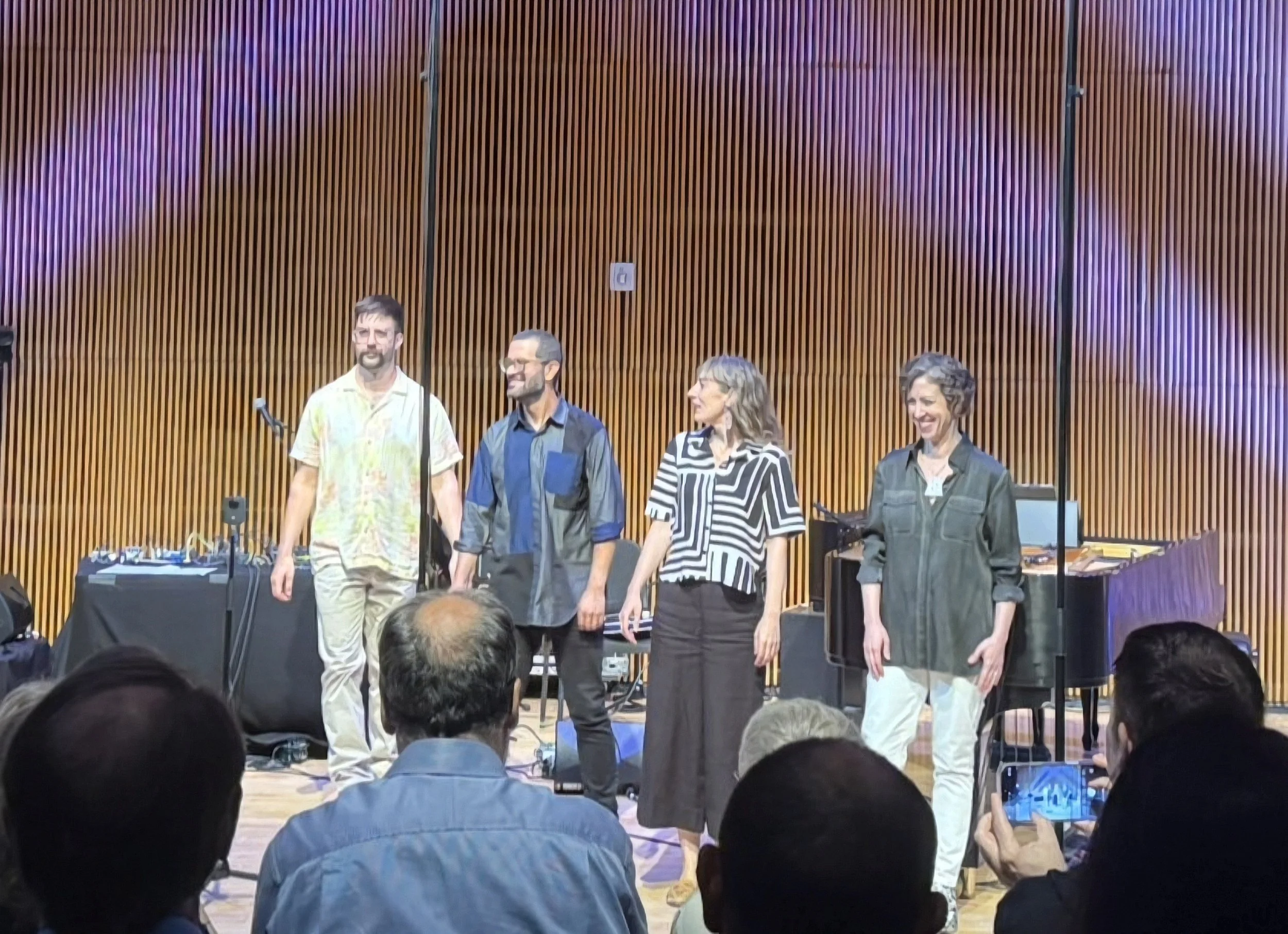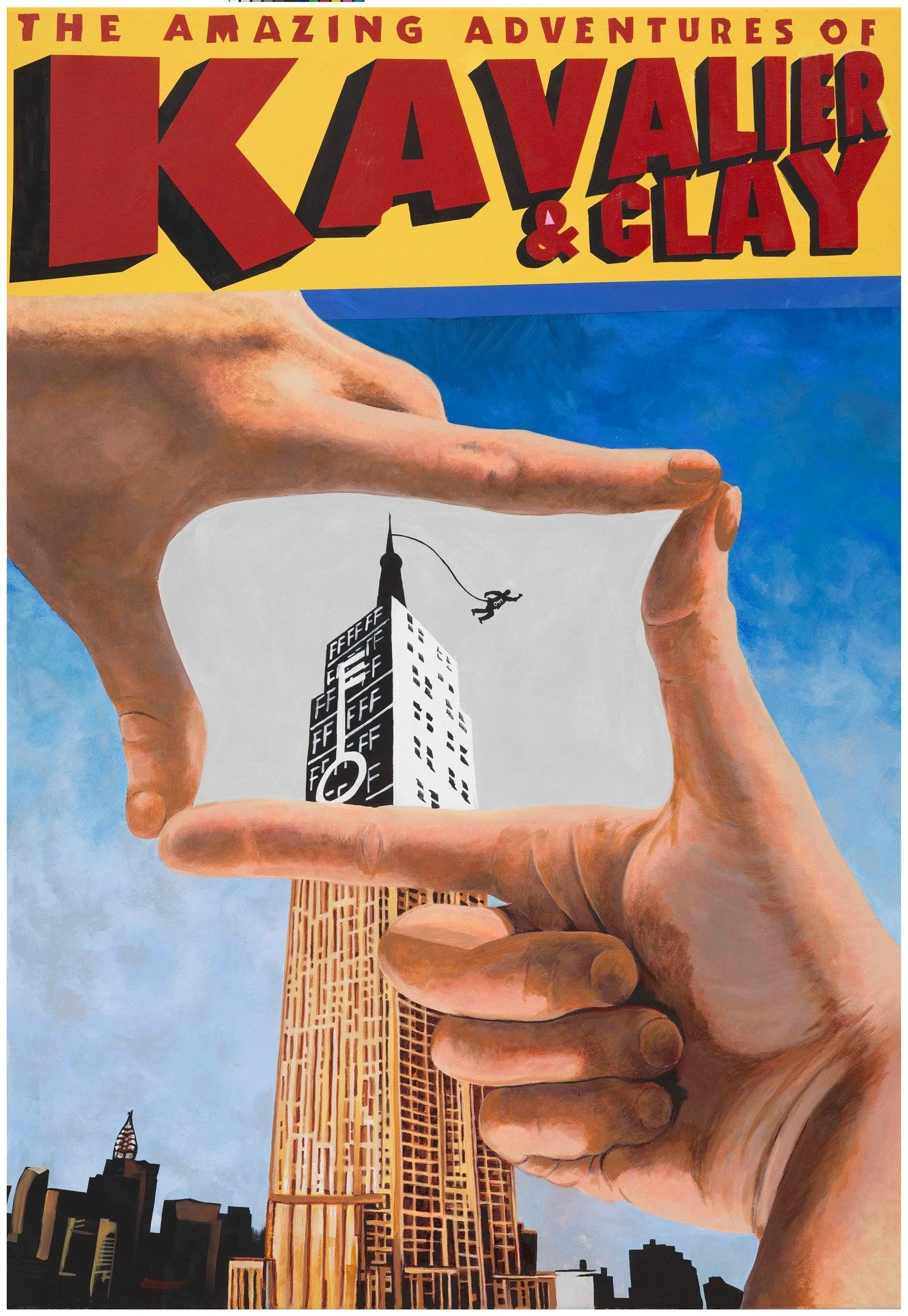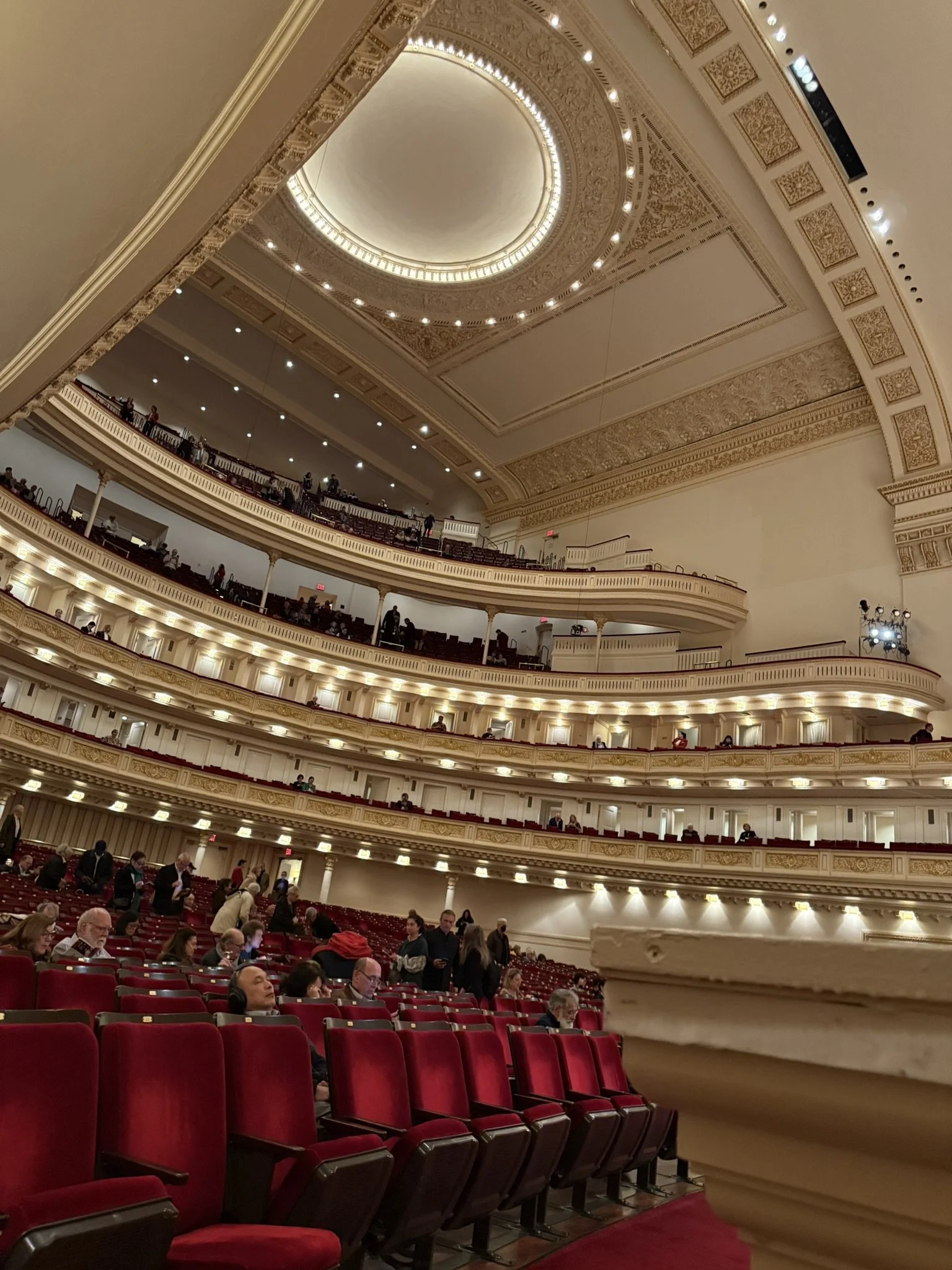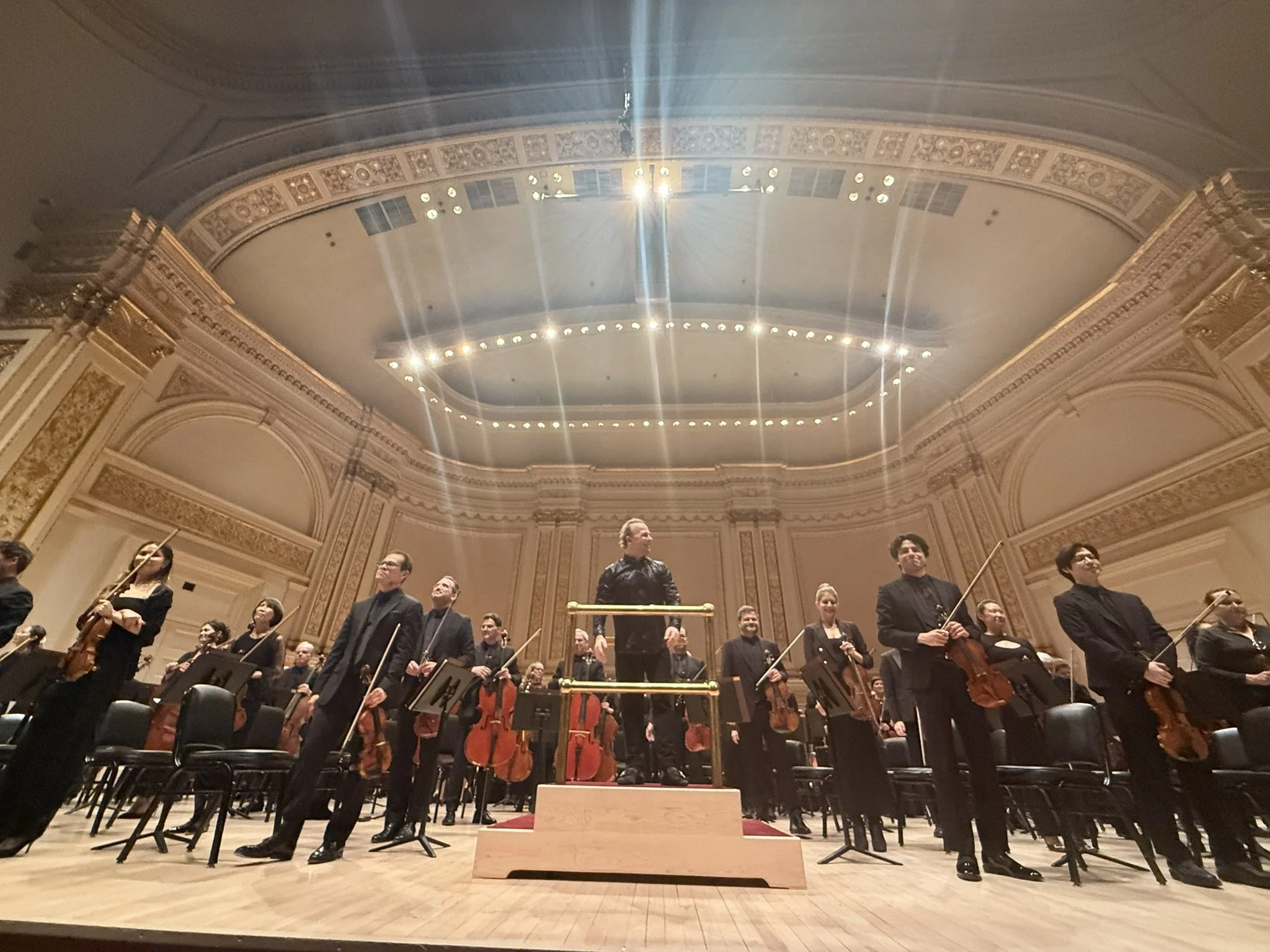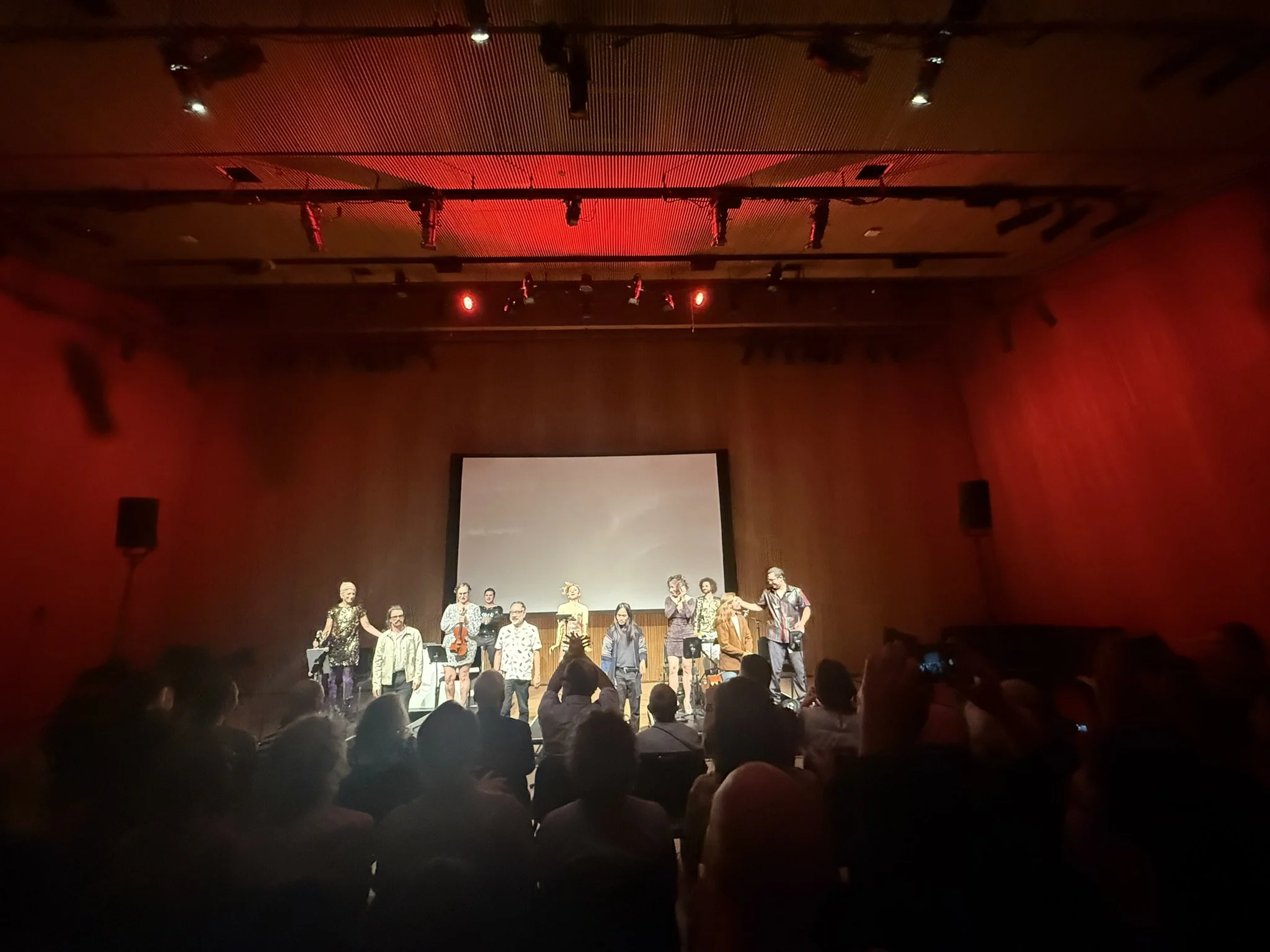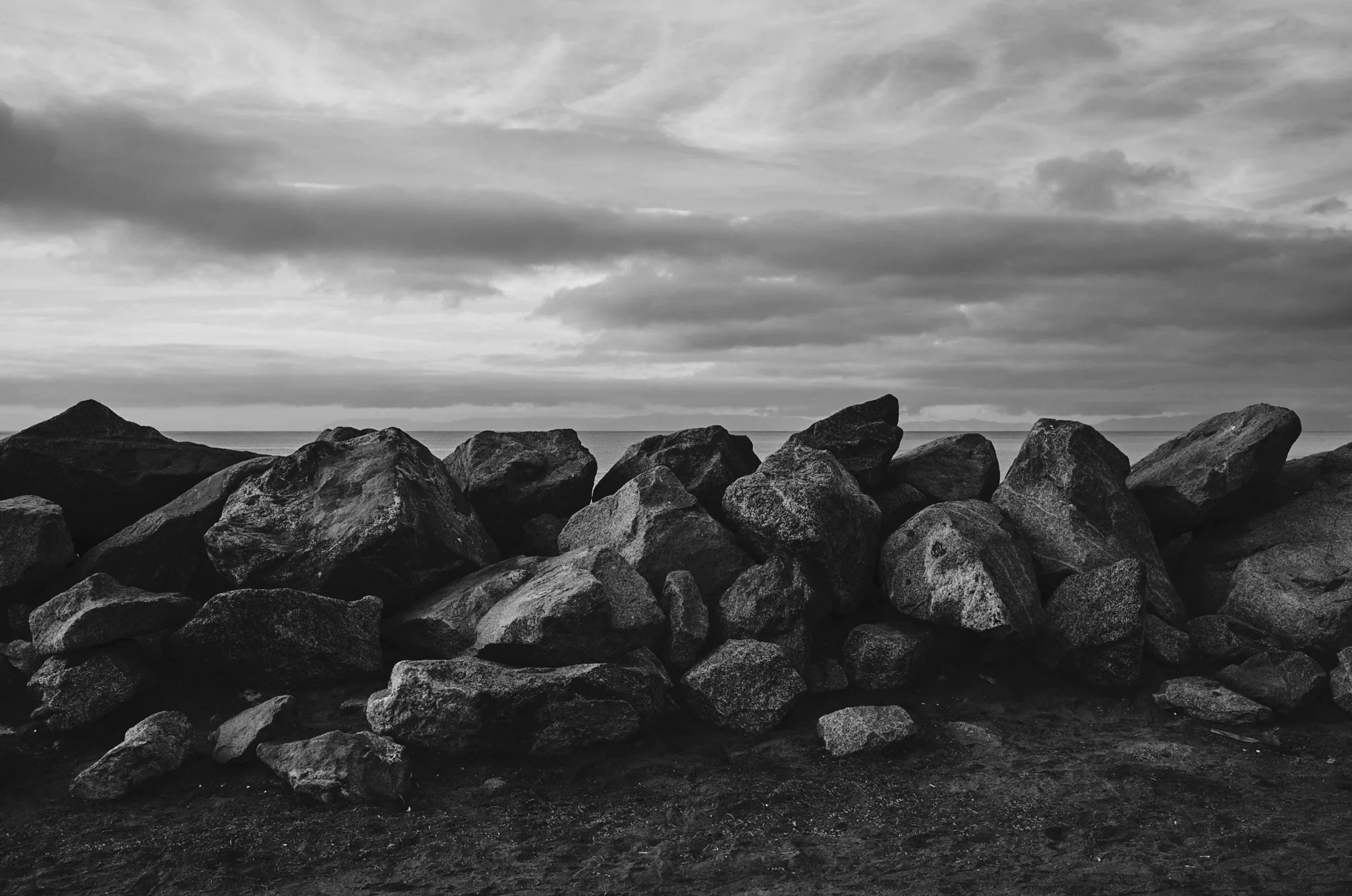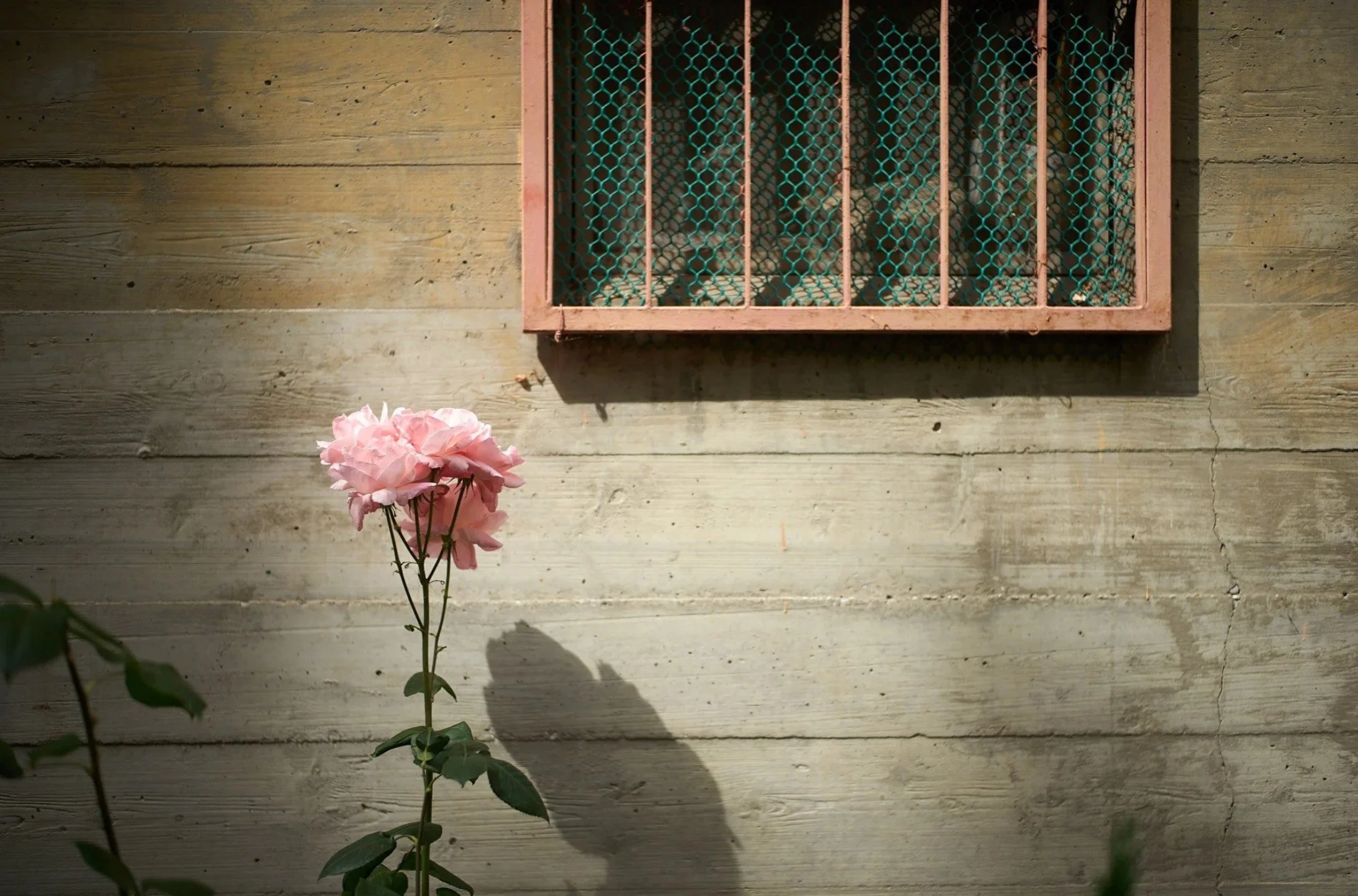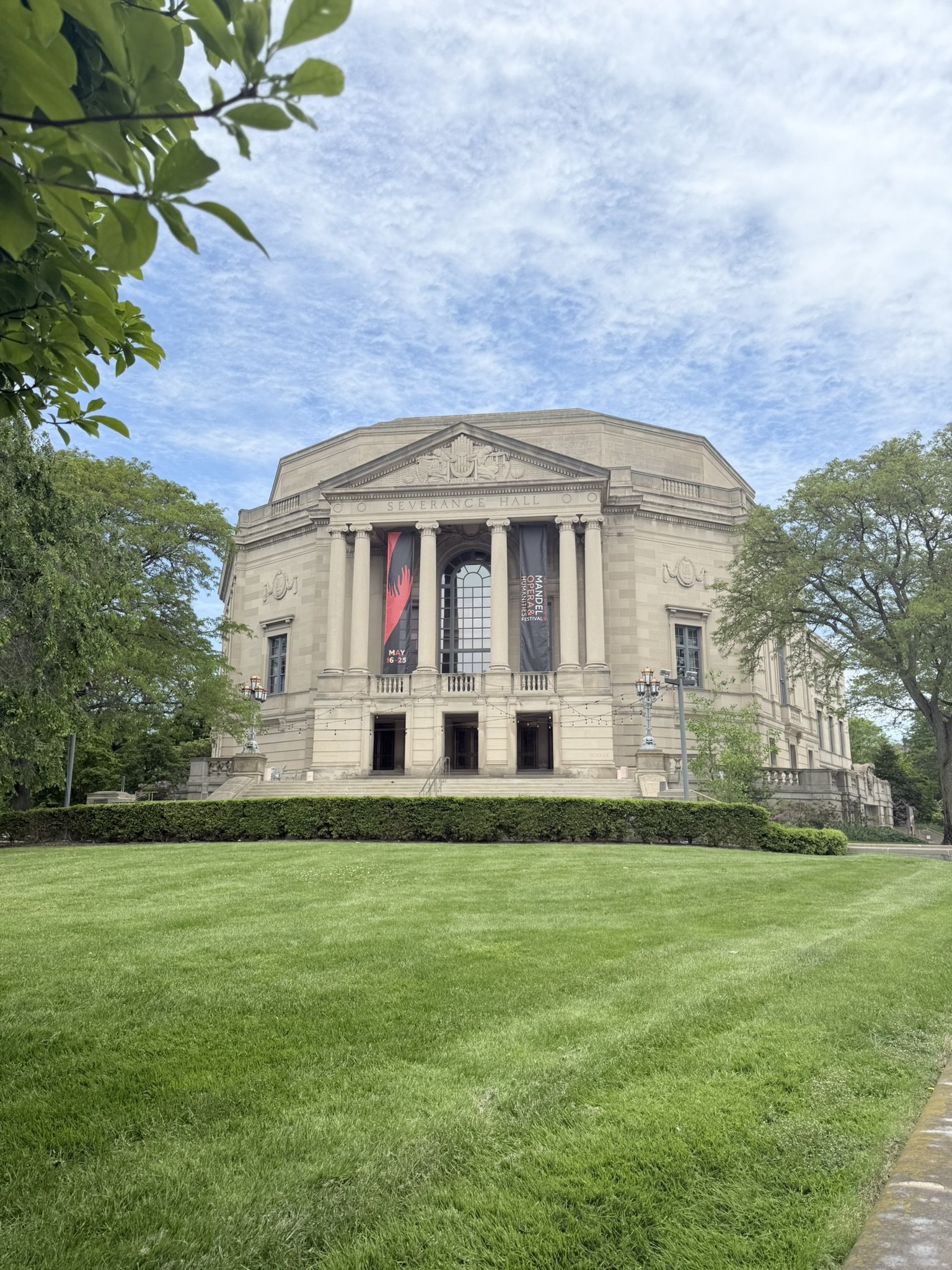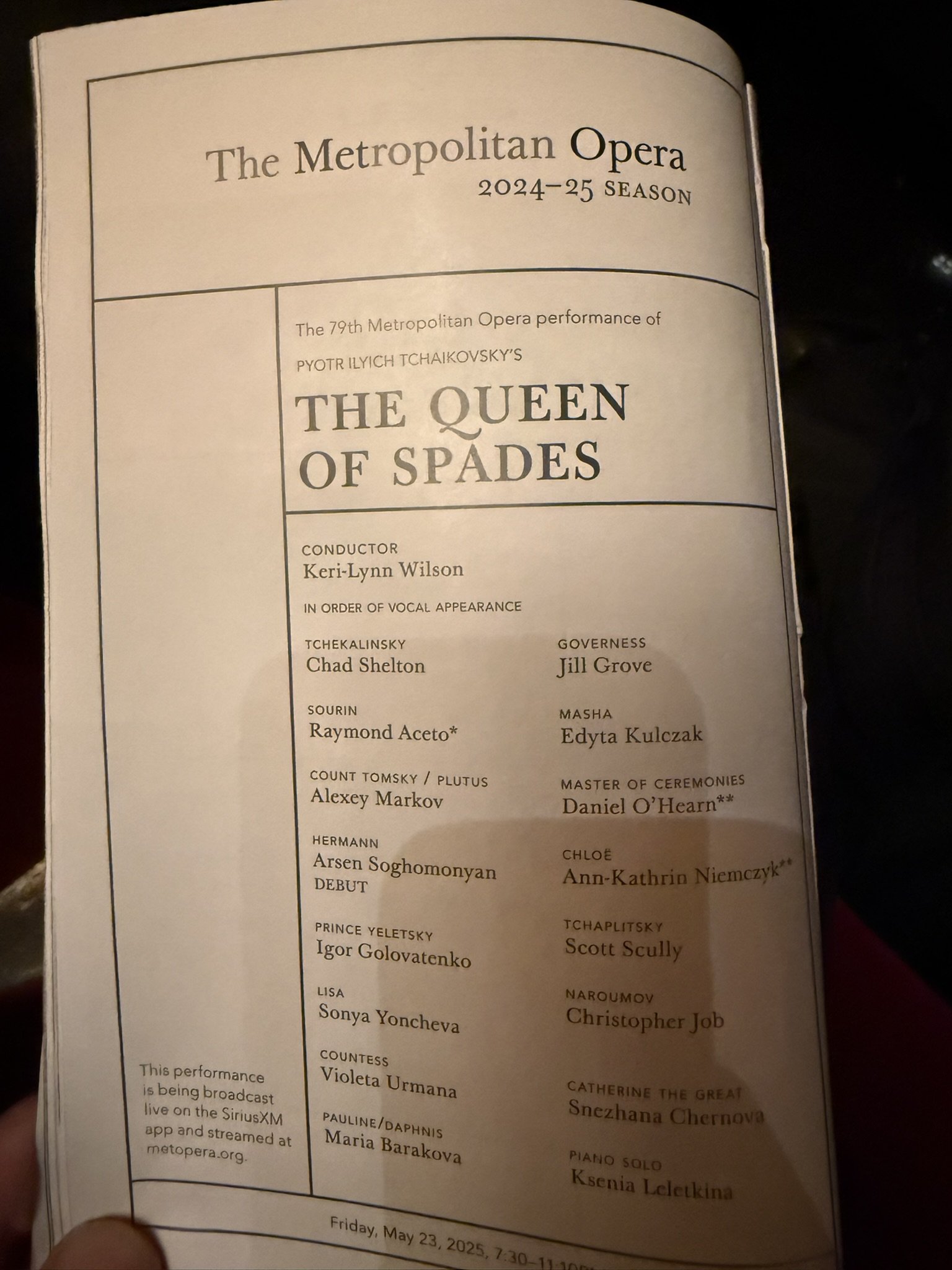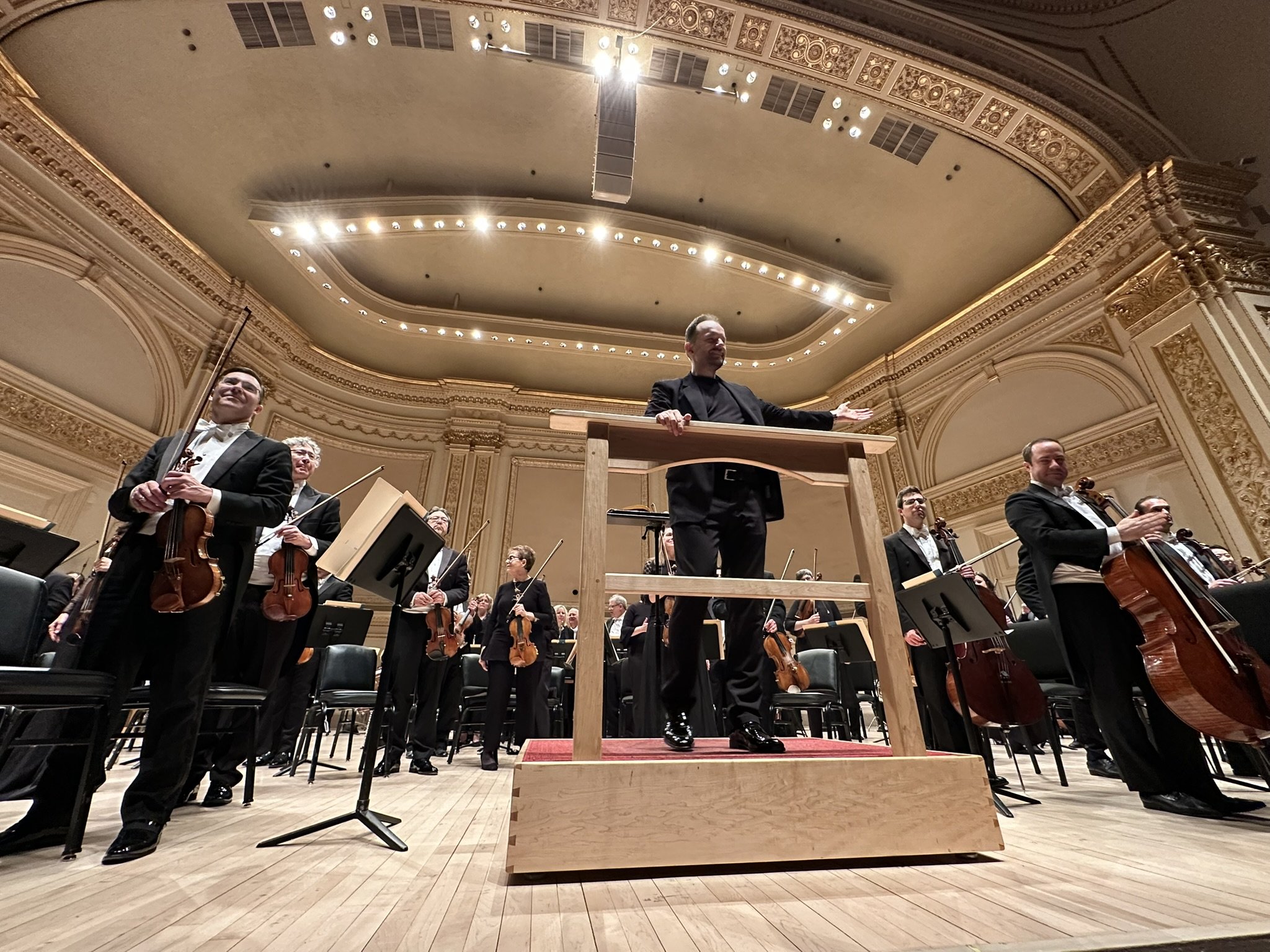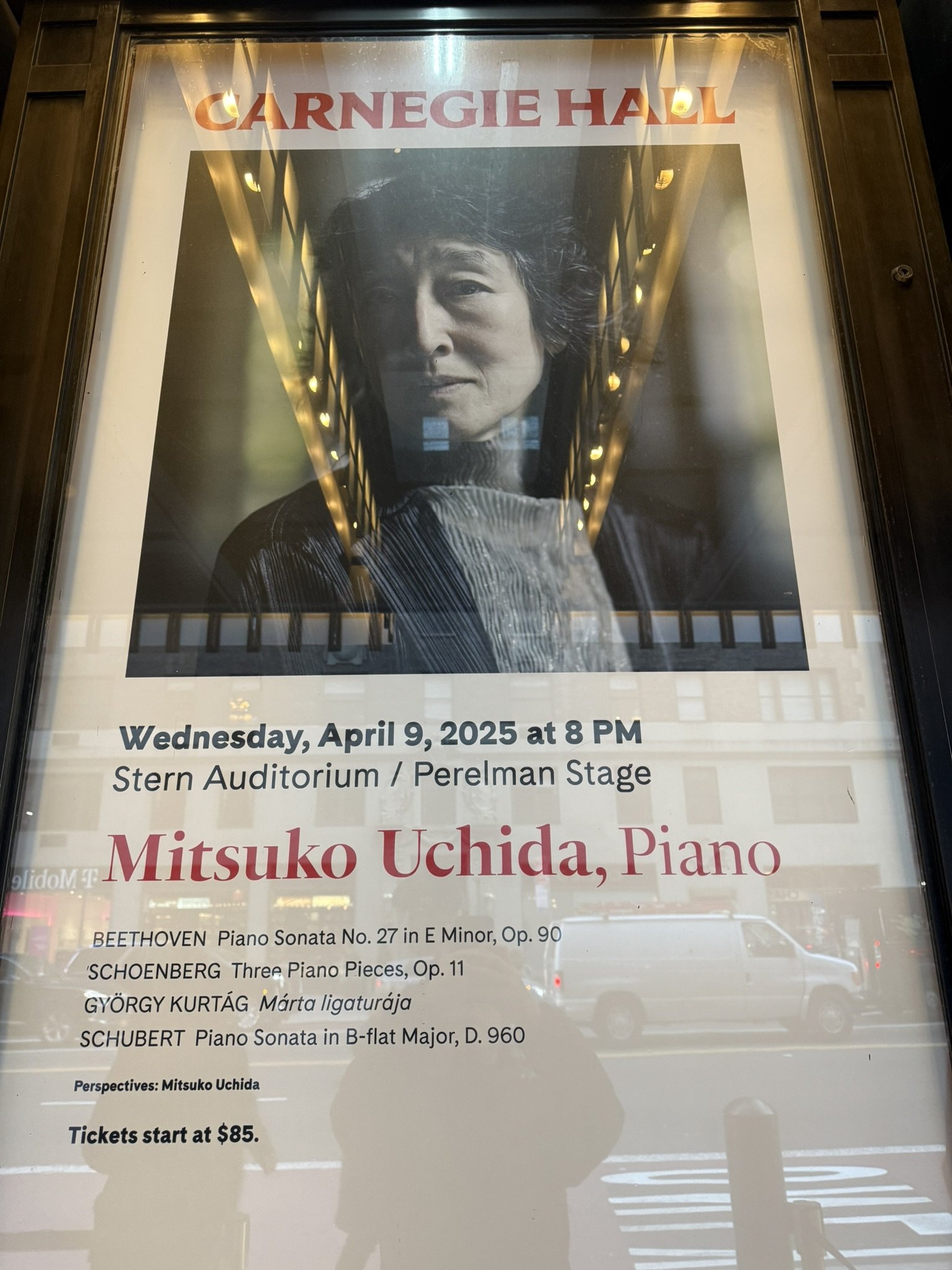The latest works by Canadian composers Sarah Davachi and Igor Santos at Yarn/Wire’s studio in New York. Davachi’s Feedback Studies for Percussion (2022) creates a meditative soundscape using percussion and feedback, minimizing melody and rhythm while exploring resonance and overtones. Performers do more than follow the score, shaping sound in response to the acoustics, immersing listeners in the subtle shifts and flow of time. Santos’ living to fall [music and rain] (2022) blends sound and visual media around the theme of water, employing piano, keyboards, percussion, and visuals to evoke thunder and rain, symbolizing both violence and healing. Yarn/Wire delivers precise and expressive performances of both works, offering a profound encounter with the possibilities.
Read MoreKavalier & Clay Met Opera Guide
If one listens closely, the orchestration’s structure, the thematic content of each scene, and the musical context emerge, revealing the composer’s intentions. Moreover, the ingenuity of the librettist and production team, the conductor’s interpretation, and the performers’ expressiveness also become apparent. Why was a particular instrument assigned to a specific scene? Why does bassoonist Billy’s tone always shine so brightly, producing textures entirely different between Dead Man Walking and familiar Italian opera? Why is the Maroon unison always precise? Why is Silvio’s timing and reed work on the clarinet impeccable? Why can Yannick infuse infinite emotion into the violin tutti? The answers are evident when you watch.
Read MoreLabor Day long talk
—“A continuous effort to illuminate the fragile, ever-evolving human form.”
It is a landscape I have been observing myself in. I remembered August 4th, the day tickets for Carnegie Hall went on sale—a launch day for boarding the “time machine” that spans three venues of the world. At the head of the waiting line were the usual Russian ladies.
Read More2025 Concerts
Attendance that were not in my previous reviews, including Aida at Met Opera, Nina Stemme, Soprano, and Roland Pöntinen, Piano, at Carnegie Hall, Juilliard415 and Lionel Meunier, Pierre-Laurent Aimard, Piano at Carnegie Hall, Antony and Cleopatra at Met Opera, Evgeny Kissin and Friends at Carnegie Hall, Wagner’s Tristan and Isolde, Yannick Nézet-Séguin at the Philadelphia Orchestra.The Met Orchestra at Carnegie Hall
Read MoreTIME:SPANS 2025
Attended four concerts at the 2025 TIME:SPANS Contemporary Music Festival in NYC, featuring Ensemble Nikel, Christopher Trapani, Bekah Simms, and more, showcased cutting-edge sound art and offered a glimpse of the present and future of global contemporary music.
Read MoreFrom the left, Lori Freedman (Bass Clarinet), Gabriel Dufour-Laperrière (Sound Engineer), Geneviève Liboiron (Violin), Daniel Aniez García (Piano), Steven Kazuo Takasugi (Musical Direction), Sarah Albu (Soprano), Huei Lin (Video Artist), Emilie Girard-Charest (Cello), Noam Bierstone (Percussion, and production leader), Jeff D’Ambrosio (Lighting), and Felix Del Tredici (Bass Trombone) TIME:SPANS 2025
Il Teatro Rosso - 赤い劇場
Montreal's Red Theater merges poetry, sound, video, and performance into a total artwork. Takasugi and Huei Lin’s score, performed by seven vaudevillians, blends chaotic microtones with vivid visuals, dissolving illusions and evoking infinity. At Time: Spans 2025, the ensemble, led by Noam Bierstone, revealed mastery over time, space, and perception.
Read MoreWebern
Balse told me about Leica.
It captures shadows, not light.
In music, it can be said to reflect silence rather than sound.
And then, an old memory came back: when we lived in the same apartment and listened to Webern's Op. 7 (1910) together.
Read MoreClara Iannotta
A few years ago, I got a sudden phone call from a friend to tell me that a family member had passed away. I was very confused. For better or worse, any encounter with contemporary music begins with confusion. As I listen, I get used to it, and sometimes I can see it much more clearly than I do now. This is because the stimulation reaches parts of the brain that I haven't used before, activating my senses.
Read Moreamor fati
After listening to Kreisleriana, I remembered Kurtág's "Martha Ligature," which I heard in April at Uchida's recital. Kurtág studied unity using as few materials as possible. He was also fascinated by Webern.
Read MoreKreisleriana
I received a photo letter from Balse.
There were a few words in it.
After reading, I looked up the schedule for next May and found that I will be listening to Schumann's Kreisleriana.
Read MoreTo future Siegfried
LA Phil classics on 2025-2056
Extensive symphonic experience and exceptional soloists at LA Philharmonic.
Read MoreSeverance Hall, Cleveland
THE ROOTS OF FORGIVENESS, Cleveland Orchestra at Severance Hall, Ohio
The Cleveland Orchestra under Franz Welser-Möst performed Janáček’s Jenufa at Severance Hall (May 25). With Nina Stemme as Kostelnička, the music’s raw motifs and immediacy revealed Janáček’s deep empathy for ordinary lives. Unlike New York, the intimacy of Severance Hall revived the author’s youthful passion for music.
Read MoreThe five must-see works at the Metropolitan Opera in 2025-26
The Met’s 2025–26 must-sees: Tchaikovsky’s Onegin with a world-renowned diva, Wagner’s Tristan under Yannick and Sharon’s new staging, Strauss’ poignant Arabella, Saariaho’s contemporary Innocence, and a fresh production of Mozart’s Don Giovanni.
Read MoreTchaikovsky's Salvation, Queen of Spades at Met Opera
At the Met’s Queen of Spades, Herman, consumed by gambling, betrays Lisa to learn the Countess’s secret, leading to Lisa’s suicide and his own. Tchaikovsky’s drama blends corrupted aristocracy, aching folk songs, and Herman’s tormented passions. Stunning contrasts of love, riveting choruses, and Sonya Yoncheva’s tragic Lisa made it unforgettable.
Read MoreNew Salome at The Met
Claus Guth’s new Salome at the Met reimagines Strauss’ 1905 shocker with seven Salomes, tracing abuse, obsession, and fractured identity. Transparent orchestral colors heighten the perverse, ecstatic drama, while Elsa’s portrayal adds compassion over pure decadence. Childhood, violence, and desire fuse in a haunting 21st-century vision.
Read MoreNelsons and Boston Symphony tell Shostakovich's Nabat
At Carnegie Hall, the BSO and Andris Nelsons performed an all-Shostakovich program with Yo-Yo Ma in the Cello Concerto No. 1 and the Symphony No. 11. Before playing, Ma said, “We play Shostakovich so that no death is ever just a statistic.” The concerto’s D-S-C-H motif, ironic colors, and Russian soul resonated deeply, honoring the composer’s legacy.
Read MoreBoston Symphony and Nelsons tell Shostakovich's magic spel at Carnegie Hall
4.23.2025. Andris Nelsons led the BSO with Mitsuko Uchida in Beethoven’s Piano Concerto No. 4, her quiet intensity evoking a sense of struggle, fragility, and resolve. Shostakovich’s final Symphony No. 15 followed—whimsical, grotesque, and haunted by death. The concert felt less about form than shared spirit, Boston’s essence shining through.
Read MoreMitsuko Uchida Carnegie Hall Recital
Pianist Uchida's recital (Apr 9) paired Beethoven’s Sonata Op.90, Schoenberg’s atonal Op.11, Kurtág’s elegy, and Schubert’s final Sonata D960. With clarity and depth, she traced battles of head and heart, Schoenberg’s freedom, Kurtág’s grief, and Schubert’s fragile late beauty—an intimate journey across centuries of sound.
Read MoreJoana Mallwitz - Metropolitan Opera debut by true globalist comedy
At the Met, Mozart’s Le nozze di Figaro reveals 18th-century aristocratic life through human drama and elegant polyphony. Under Joana Mallwitz, the orchestra’s dynamics highlight solos and recitatives, while a diverse cast portrays love, jealousy, and forgiveness. The Count’s apology brings a moving coda, blending humor, emotion, and harmony.
Read More
